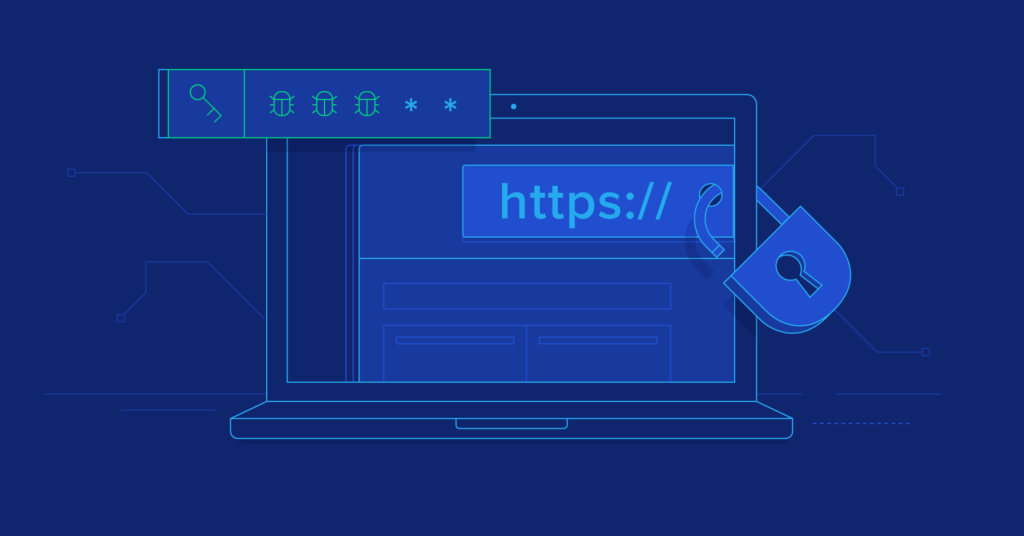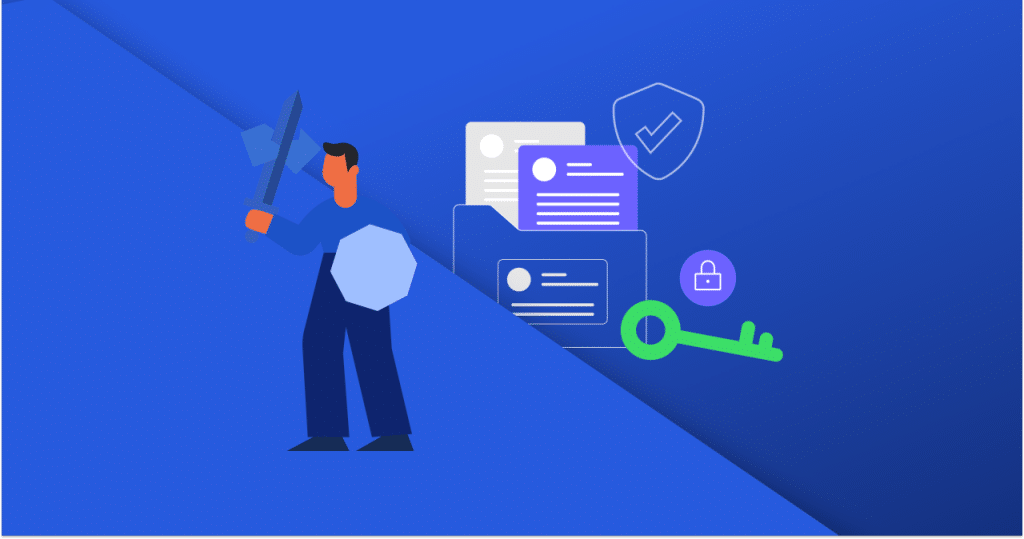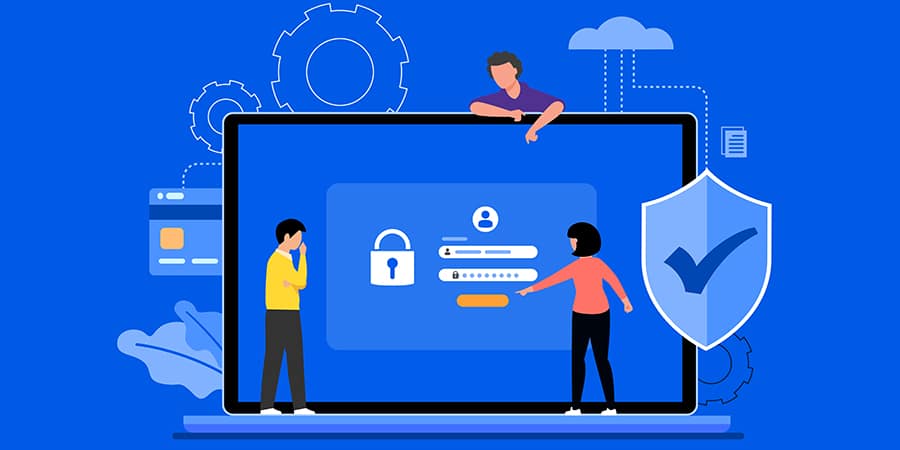Introduction to Ethical Hacking Practices in Web Applications
In the digital age, where technology permeates every aspect of life, the security of web applications becomes a paramount concern. Ethical hacking, a cornerstone of modern cybersecurity strategies, serves as a critical method for defending these digital assets. Ethical hackers, often called “white hat” hackers, employ the same tools and techniques as malicious hackers—but with a lawful and beneficial purpose. Their goal is to uncover vulnerabilities in web applications before they can be exploited maliciously, ensuring that these applications remain secure and trustworthy.
Defining Ethical Hacking and Its Importance in Web Applications Development
Ethical hacking is an authorized practice of bypassing system security to identify potential data breaches and threats in a network. The key distinction between ethical and malicious hacking lies in the permission granted by the organization that owns the system. Ethical hackers are permitted to probe and exploit security networks and uncover vulnerabilities. This proactive approach is crucial in web applications development, which involves complex codebases and multifaceted interactions with various internet protocols, user inputs, and databases. By simulating attacks, developers can see firsthand where breaches might occur, allowing them to fortify their applications against actual attacks.
Ethical hacking ensures that security considerations are baked into the application development process, rather than being an afterthought. This preemptive strike against potential security lapses helps in maintaining the integrity and trustworthiness of web applications, which is essential for user confidence and compliance with global data protection regulations.
Key Components of Ethical Hacking Practice for Web Security
Ethical hacking is not a one-size-fits-all process but rather a suite of diverse practices tailored to the unique security needs of each system. Key components of ethical hacking include:
- Thorough Assessments: Initial assessments are critical for understanding the current security posture of a system. This includes network scanning, vulnerability assessments, and penetration testing.
- Continuous Monitoring: Since new vulnerabilities are constantly emerging, continuous monitoring of web applications is essential for catching new potential security threats.
- Iterative Security Updates: As vulnerabilities are discovered, they must be promptly addressed. This involves regular updates to security policies, patches to software vulnerabilities, and enhancements to network defenses.
Understanding the Phases of Ethical Hacking
The ethical hacking process is typically segmented into distinct phases, each critical to the overall effectiveness of the practice.
Phases of Ethical Hacking and Their Key Activities
| Phase | Description | Key Activities |
|---|---|---|
| Reconnaissance | Gathering preliminary data or intelligence on the target system. | Network scanning, Social engineering, Footprinting |
| Scanning | Identifying live hosts, open ports, and services running on servers. | Port scanning, Network mapping, Vulnerability scanning |
| Gaining Access | Using exploits to enter a system or web application. | Exploitation techniques, Creating backdoors, Escalating privileges |
| Maintaining Access | Ensuring continued control over the system for future attacks and analysis. | Deploying rootkits, Installing Trojans, Using persistent mechanisms |
| Covering Tracks | Clearing evidence of the hacking process to avoid detection. | Log clearing, Hiding software, Using steganography |
| Reporting | Documenting the findings and methods used during the hacking process for remediation. | Creating detailed reports, Suggesting security measures, Providing feedback |
Reconnaissance: The First Step in Ethical Hacking
Reconnaissance is the initial phase of ethical hacking. It involves gathering information about the target system to identify potential vulnerabilities. This might include:
- Network Enumeration: Identifying domain names, network infrastructure, and accessible devices.
- Footprinting: Gathering information from public sources that can be used to assist in the attack, such as details from social media, websites, and job postings.
- Scanning Tools: Using tools like Nmap or Nessus to scan for open ports and identify what services are running on those ports.
This information-gathering stage is crucial as it lays the groundwork for more targeted attacks that simulate real-world breaches.

Exploitation: Executing Attacks in a Controlled Environment
In the exploitation phase, ethical hackers attempt to exploit identified vulnerabilities. This phase tests the resilience of the web application and the effectiveness of its security settings. Exploitation might involve:
- Breaking Authentication Schemes: Attempting to bypass login algorithms to test the robustness of authentication mechanisms.
- SQL Injection: Inputting malicious SQL statements into entry fields to see if the backend database can be accessed or manipulated.
- Cross-Site Scripting (XSS): Injecting malicious scripts into web pages viewed by other users to test for script filtering and response.
Common Vulnerabilities in Web Applications and How to Exploit Them
Understanding common vulnerabilities is critical for ethical hackers. For instance:
- SQL Injection: Often found in database-driven web applications, this vulnerability allows attackers to manipulate SQL queries by injecting malicious SQL code.
- Cross-Site Scripting (XSS): This vulnerability allows attackers to inject client-side scripts into web pages viewed by other users, potentially bypassing access controls such as the same-origin policy.
- Faulty Authentication Processes: Weak authentication that allows attackers to assume the identities of legitimate users.
Best Practices for Safe Exploitation Techniques
While exploring these vulnerabilities, ethical hackers must adhere to a stringent code of ethics to ensure that their testing does not harm the system or its users. This includes:
Documentation: Keeping detailed records of the testing process, findings, and the methods used. This is crucial for remediation and future security audits.
Permission: Always having explicit permission from the rightful owners of the system.
Respect for Privacy: Ensuring that data accessed during testing is kept confidential and that privacy is maintained.
Essential Ethical Hacking Skills for Web Application Security
Ethical hackers require a diverse set of skills ranging from technical knowledge to a deep understanding of network systems and programming languages. These skills are vital for identifying weaknesses and fortifying defenses effectively.
Implementing Web Application Security Best Practices
Adopting best practices in web application security is essential for minimizing the risk of cyber-attacks and enhancing the overall security posture of organizations.
Secure Coding Techniques for Web Application Developers
Developers must employ secure coding practices to prevent common vulnerabilities at the source code level. This includes validating inputs, encrypting data, and regular code reviews.
Routine Security Audits and Their Role in Maintaining Web App Integrity
Routine audits help in regularly assessing the security landscape of web applications, ensuring that any potential vulnerabilities are identified and mitigated promptly.
Challenges in Web Services Security and Ethical Hacking Solutions
Web services often face unique security challenges due to their open and interconnected nature. Ethical hacking can provide solutions tailored to the specific needs of web services, enhancing their security against complex threats.

Advanced Tools and Techniques in Ethical Hacking
To effectively carry out ethical hacking, professionals employ a range of advanced tools and techniques designed to test and strengthen web application security.
Essential Ethical Hacking Tools for Web Application Security
| Tool Type | Tool Name | Purpose |
|---|---|---|
| Vulnerability Scanner | OWASP ZAP, Nessus | To detect security vulnerabilities in web applications. |
| Web Application Scanner | Acunetix, Burp Suite | To perform automated scans for common security issues in web apps. |
| Exploitation Framework | Metasploit, BeEF | To exploit found vulnerabilities and gain access to web systems. |
| Packet Sniffer | Wireshark, tcpdump | To capture and analyze network packets. |
| Password Cracker | John the Ripper, Hashcat | To test password strength and recover passwords. |
| Encryption Tools | OpenSSL, GnuPG | To encrypt and decrypt data, ensuring secure data transmission. |
Using Penetration Testing Tools to Enhance Web Services Security
Penetration testing tools simulate cyber-attacks under controlled conditions, helping identify vulnerabilities before they can be exploited maliciously.
Simulation of Cyber Attacks to Strengthen Web Application Defenses
Simulating cyber-attacks allows organizations to test their defense mechanisms in real-time, ensuring they are capable of withstanding sophisticated cyber-attacks.
Legal Considerations in Ethical Hacking
Ethical hacking must be conducted within the bounds of the law, with explicit permissions and strict adherence to ethical guidelines to avoid legal repercussions.

Measuring the Impact of Ethical Hacking on Web Security
It is crucial to measure the effectiveness of ethical hacking practices through metrics like reduced incident rates, patch times, and overall enhanced security postures.
Future Trends in Ethical Hacking and Web Application Security
As cyber threats evolve, so must ethical hacking practices. Future trends may include the integration of AI and machine learning to predict and prevent attacks more effectively.
The Role of AI and Machine Learning in Ethical Hacking
AI and machine learning can significantly enhance the capabilities of ethical hacking by automating complex processes and predicting future attack vectors based on historical data.
Emerging Threats and How Ethical Hacking Practices Must Adapt
Ethical hacking must continually evolve to address new cybersecurity threats, including those posed by emerging technologies such as IoT and mobile platforms.
Comprehensive Software Development Solutions
Unlock the potential of digital transformation with our bespoke software development services, engineered to foster innovation, maximize efficiency, and catalyze business growth.
Conclusion: Integrating Ethical Hacking into Your Security Strategy
Ethical hacking is not just a defensive tactic but a proactive step towards ensuring comprehensive web application security. By understanding and integrating ethical hacking practices, businesses can significantly reduce their vulnerability to cyber-attacks. As technology evolves, so too must the techniques used to protect our digital assets. Ethical hacking provides a crucial framework for testing, identifying, and securing weaknesses before they can be exploited by malicious entities.
Incorporating ethical hacking into an organization’s security strategy ensures a robust defense mechanism that not only anticipates potential threats but also adapts and evolves to mitigate them effectively. As we move forward, the role of ethical hackers will become increasingly important in our ongoing battle against cyber threats, making it essential for organizations to invest in skilled professionals and advanced tools to safeguard their digital infrastructures.
What is Ethical Hacking?
Ethical hacking involves authorized attempts to gain unauthorized access to a computer system, application, or data. It replicates the strategies and actions of malicious attackers in order to discover and fix vulnerabilities before they can be exploited harmfully. This practice is also known as penetration testing or white hat hacking.
Why is Ethical Hacking Important for Web Applications?
Ethical hacking is crucial for web applications because it helps identify and strengthen weak points in a system’s security before they can be exploited by attackers. This proactive approach ensures that personal and corporate data remain secure, and helps maintain trust in the technology and organization.
What Skills Are Required to Become an Ethical Hacker?
Ethical hackers need a mix of technical skills and a thorough understanding of network systems and web technologies. These include proficiency in programming languages like Python, JavaScript, and SQL, expertise in network security protocols, and familiarity with tools like Nmap, Metasploit, and OWASP ZAP. Additionally, a strong ethical framework and the ability to think like a hacker are essential.
What are the Common Tools Used in Ethical Hacking?
Common tools used in ethical hacking include:Nmap: For network mapping and vulnerability scanning.
Metasploit: A powerful tool for developing and executing exploit code against a remote target machine.
Burp Suite: An integrated platform for performing security testing of web applications.
Wireshark: For network protocol analysis and capturing, and analyzing network packets.
OWASP ZAP: An open-source web application security scanner.


